Saturday, June 3, 2023
Interview for The Guardian
‘Suddenly, we were in Wonderland’: Paul McCartney on his lost photos of Beatlemania
Press article • Interview of Paul McCartney
Last updated on June 23, 2023
Saturday, June 3, 2023
Press article • Interview of Paul McCartney
Last updated on June 23, 2023
Interview Jun 01, 2023 • Paul McCartney interview for paulmccartney.com
Single Jun 01, 2023 • "Live And Let Die (Dolby Atmos - 2023)" by Paul McCartney released globally
Interview Jun 03, 2023 • Paul McCartney interview for The Guardian
Article Jun 04, 2023 • Paul McCartney attends Beyoncé's concert in London
Article Jun 09, 2023 • Paul McCartney attends Brian Clarke's exhibition in London
Next interview Jun 12, 2023 • Paul McCartney interview for BBC 1
The interview below has been reproduced from this page. This interview remains the property of the respective copyright owner, and no implication of ownership by us is intended or should be inferred. Any copyright owner who wants something removed should contact us and we will do so immediately.
Read interview on The Guardian
On January 13, 2023, “1964: Eyes of the Storm,” a new book of photographs taken by Paul McCartney was released. The book showcases a collection of captivating images primarily taken during the Beatles’ 1964 North American tour, an era inseparable from the intense fervour of Beatlemania. It also includes photographs captured in both Liverpool and Paris. Announced in January 2023, the book features a foreword written by Paul McCartney himself and an introduction penned by Jill Lepore.
In early June 2023, The Guardian published an edited version of Paul McCartney’s foreword.
The pictures the singer took of his friends and bandmates give a Beatle’s-eye view of the mania around the band in 1964. Seen here for the first time, these extraordinary behind-the-scenes moments capture four young men on the brink of immortality.
Paul McCartney: Somewhere in the back of my mind, I always knew I had taken some pictures in the 1960s. At first, I couldn’t pinpoint the year, but I was certain we were quite young, just when the Beatles were really taking off. I never tried to find this collection – consciously, that is – but I kind of thought that it would just surface at the right time. There’s often a certain amount of serendipity involved. And while we were preparing for an exhibition of my late wife Linda’s photographs in 2020, I learned that my own had been preserved in my archives. When I first saw them after so many decades, I was delighted that these images and contact sheets had been finally located.
Anyone who rediscovers a personal relic or family treasure is instantly flooded with memories and emotions, which then trigger associations buried in the haze of time. This was exactly my experience when seeing these photos, all taken over an intense three-month period, culminating in February 1964. It was a wonderful sensation because they plunged me right back. Here was my own record of our first huge trip, a photographic journal of the Beatles in six cities, beginning in Liverpool and London, followed by Paris (where John and I had been ordinary hitchhikers just over two years before), and then what we regarded as the big time, our first visit as a group to America – New York, Washington DC and Miami – to the land where, at least in our minds, music’s future was being born.
It was a period of – what else can you call it? – pandemonium. We four guys from Liverpool couldn’t possibly realise then the implications of what we were doing. By the end of February 1964, after our visit to America and three appearances on The Ed Sullivan Show, we finally had to admit that we would not, as we had originally feared, just fizzle out as many groups do. We were in the vanguard of something more momentous, a revolution in the culture.
The truth is that I have always been interested in photography, from the time I was very young, when our family owned a little box camera in the 1950s. I used to love the whole process of loading a roll of Kodak film into our Brownie camera. I would ask my brother, Mike, to take a picture of me outside a hotdog store – an American export to a country that had never previously known hotdogs. And from those early years, we would use the camera to take pictures of each other. This was not just a McCartney family hobby. Every family we knew would take a camera on holiday, as in “Here we are on holiday in Blackpool” or “Here I am with Auntie Dilys and Uncle Harry”, as we did when we went to Butlin’s holiday camp.
In looking back at these photographs, I have even greater regard for the photographers around the Beatles back then. They would have to frame the picture, guess the lighting and then just go for it – the madness that enveloped us everywhere making their work ever more difficult. Since we were surrounded by journalists, I often took pictures of them, not so much for revenge but because they were an interesting group of people. I would often say to them, “What’s the right lighting?”, because they were professionals and would automatically know. Despite the simplicity of the camera, the process, at least to me, was challenging, since with each roll, you had only 24 or 36 images, which you had to get right, because there wasn’t a second chance. This is such a contrast with the process today of taking pictures on your phone. You couldn’t be lazy then. You had to take the right picture, actually compose the image in the frame without the safety of knowing you could crop it later. When I watched Linda work, she was very old school in that way. She had the discipline to spot the picture and then take it. She understood that she had only one opportunity and she had to get it right.
Things were happening so wildly that I cannot say that photography was in the forefront of my mind as we toured. Even though we wanted to transform from a little band to a big one, and even though we hoped for international acceptance when we went to France and then the US, no one could have predicted what I describe as the “Eyes of the Storm”. At first, I was tempted to call it that, because the Beatles certainly were at the centre, or the eye, of a self-generated storm, but when I looked at all these photographs, I realised it really should be in the plural, the “Eyes of the Storm”, because of all the pictures that others were taking, the photographs I was taking and also the eyes of the fans that greeted us, the security that looked after us. Who is looking at who? The camera always seems to be shifting, with me photographing them, the press photographing us, and those thousands and thousands of people out there wanting to capture this storm.
President Kennedy had been murdered only a little over two months before our arrival in the United States, and his assassination had ricocheted throughout the world, so we figured the atmosphere might still be subdued. But the minute we landed in New York, we knew instantly that we were not in store for any kind of funereal time. It was a Friday in early February when we touched down, and it felt like thousands – and later, through television and The Ed Sullivan Show – millions of eyes were suddenly upon us, creating a picture I will never forget.
The airport scene that February was bedlam, mass hysteria. Not in Liverpool or London, not in Paris was there anything comparable. But the airport (which had only recently changed its name from Idlewild to Kennedy) was just the start of it, because caravans of folks lined the streets and highways to get a glimpse of us as our car crawled into Manhattan. The journalists and photographers followed us in vehicles and mini-trucks, well-wishers thronging both sides of the road, as if we were some sort of triumphant athletes celebrating a victory lap.
As our group made its way to DC and then to Miami, my camera was attracted to this new American universe of common people. There’s a man with a shovel in front of the Pennsylvania freight car in Washington DC, standing raptly watching, or four aeroplane mechanics clad in white at Miami airport. These are my people. This is where I’m from. I grew up in a working-class family in Liverpool, so I could never detach myself from people like these. I wanted to be right in the middle of them. My relatives were exactly like these people. You’ll find them – the bus driver, the postman, the milkman – not only in my songs but in many of these photos.
That America remained a land of contradictions became apparent during the Miami leg of the tour, with all that colour coming after the grey drabness of New York and Washington DC, where the grounds of the White House and the Capitol building had been buried in slushy snow. I had yet to pull out the colour film roll, but you can feel the intense excitement as we touched down at Miami airport, jammed to the roof and the rafters with well-wishers of every sort. And then comes that explosion of colour as we get the chance to relax and play in the green-blue waters of the Atlantic Ocean, even though we know we still have one more live appearance on The Ed Sullivan Show to come. One of my favourite photos in the collection shows George Harrison, his face hidden by sunglasses, being handed a drink – probably a scotch and Coke – by a girl, and although we don’t see her face, we do see her dazzling yellow swimming costume. The composition was deliberate, and I’m glad that I didn’t move further away but kept George as the focus of the image. In looking back on these photos of the good life, I’m not at all surprised that the colour pictures started happening when we got to Miami, because, suddenly, we were in Wonderland.
Although we had no perspective at the time, we were, like the world, experiencing a sexual awakening. Our parents had fears of sexual diseases and all sorts of things like that, but by the middle of the 60s, we’d realised that we had a freedom that had never been available to their generation. Travel was one thing our parents had never done. They never had money, either; you have to appreciate how hard things were both during and after the war. You might be surprised to learn that I was the first person in my branch of the family who ever had a car. People just didn’t have them; they depended on public transport, which all of us were used to in Liverpool. Only later did I come to realise that we were in the forefront of these new changes, this abrupt shift in the youth that in hindsight seems to have crystallised in 1964.
Rediscovering the photographs I took in my early 20s inevitably makes me reflect on much larger questions. I think it’s the same as it would be for anyone, that when you look at pictures of yourself when you were younger – in my case, a lot younger – there are a lot of emotions. On the most basic level, you think, “Boy, didn’t I look good?”, but we all look beautiful when we’re young, and I’m proud to have been through that and to now have the privilege of revisiting so many of those moments. I realise that many people get sad when they pore through old family albums, but I don’t feel that sense of loss, even though quite a few of the people who are portrayed here have died.
It’s not so much a feeling of loss but a joy in the past. When I look back and think, I have to say, “Wow” – we did all that, and we were just kids from Liverpool. And here it is in the photographs. Boy, how great does John look? How handsome is George and how cool is Ringo, wearing that funny French hat? I’m also drawn to the pictures of the photographers, who were never our enemy. They bring back memories of what it was like being in New York for the first time, being taken down to Central Park, with all those hard-bitten cameramen shouting out, “Hey Beatle, hey Beatle, hey Beatle.” And we’d look at them and they’d take the picture, and then one more, always just one more.
I’m reminded of so many things: of an England that was more my parents’ generation than my own; of the early concerts and those original fans; of “Beatlemania” and of a London that in 1963 spoke of promise and ambition and everything new to four young men from the north.
And I’m reminded of an America that I know still exists, somewhere. I remember all those stories, some of them real, others imagined, from looking out of the train window, seeing American freight trains, American railway yards. I like American trains to this day. I like to think that I can hear “that lonesome whistle blow”. It’s the majesty of all those beautiful old blues songs, and I begin to wonder how all those people hitched rides across the country in the old days. Even then, as you hear in my songs, I was always imagining the lives of people I did not know, like that man, “the Pennsylvanian”, I’ll call him, in front of the train yard, whose story I will never know, but I can still ask: “What was he like when he went home that night? Did he mention having seen the Beatles at the dinner table?”
These people, some famous and others, like the fans, totally anonymous, now bring back so many stories, a flood of special memories, which is one of the many reasons I love them all, and know that they will always fire my imagination. To look at the strength, to look at the love and the wonder of what we went through that’s captured in these photographs is the whole thing. It’s what makes life great.
This is an edited extract from 1964: Eyes of the Storm – Photographs and Reflections by Paul McCartney (Allen Lane).
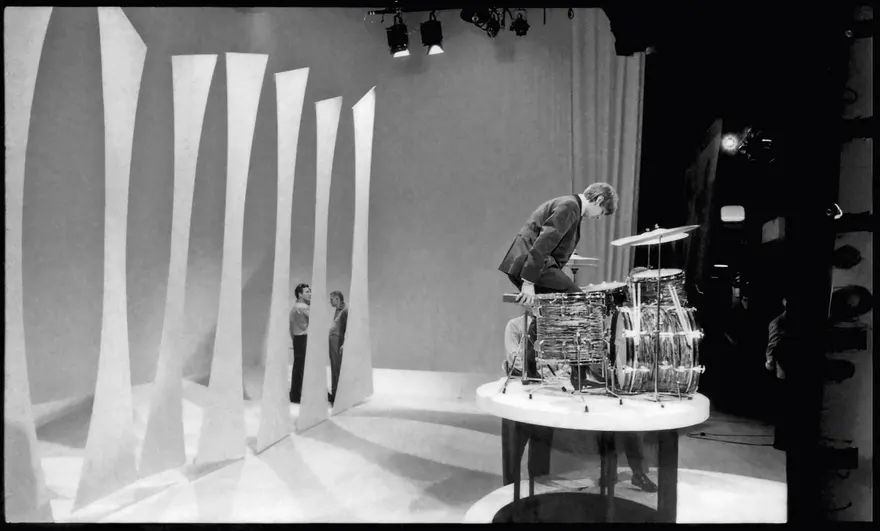
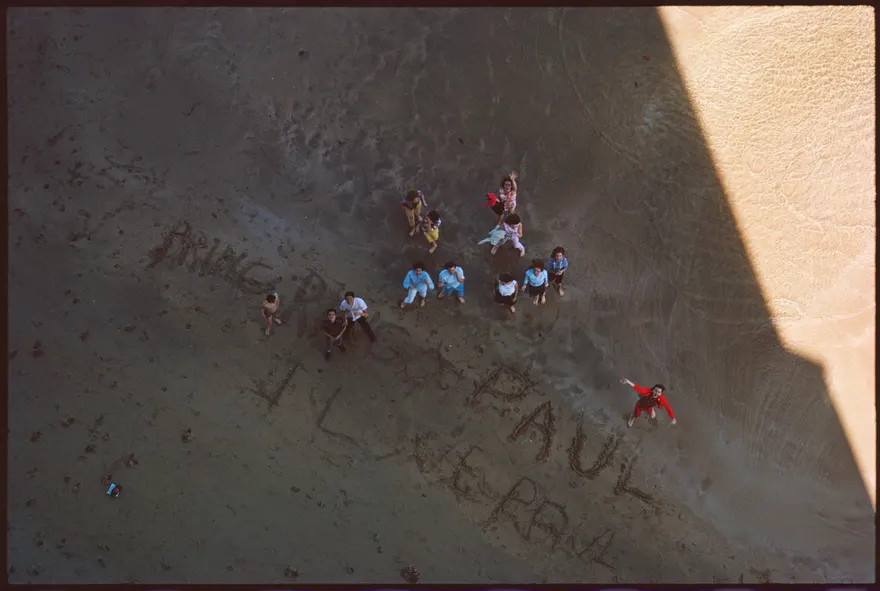
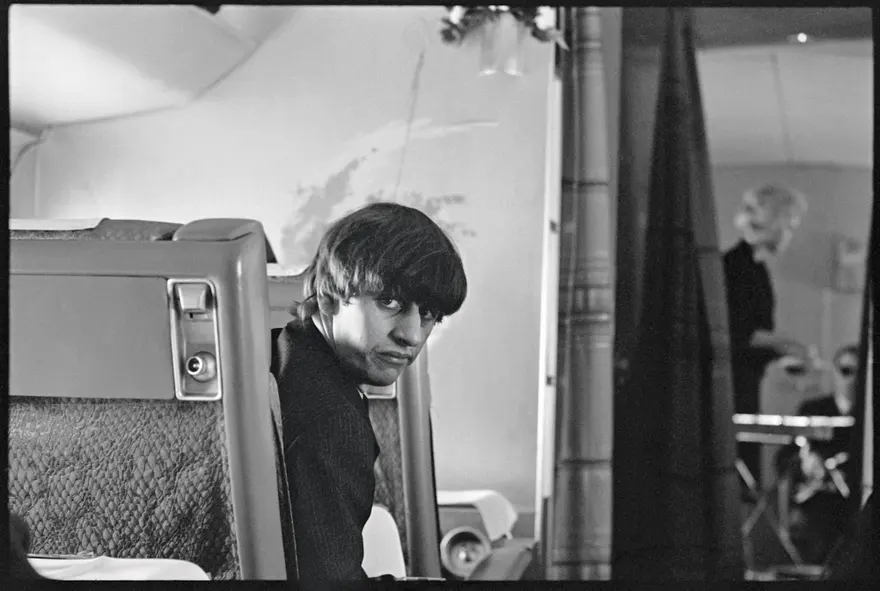
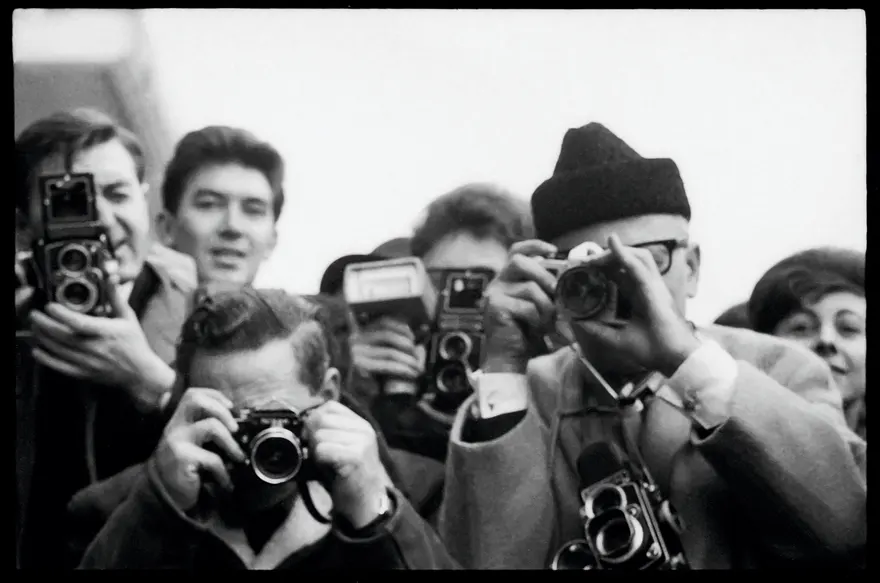
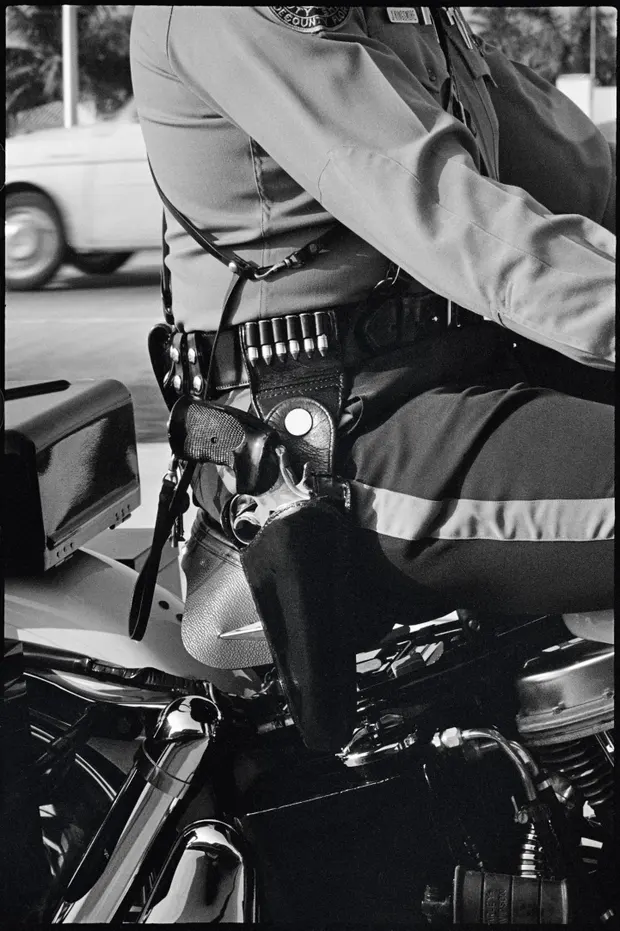
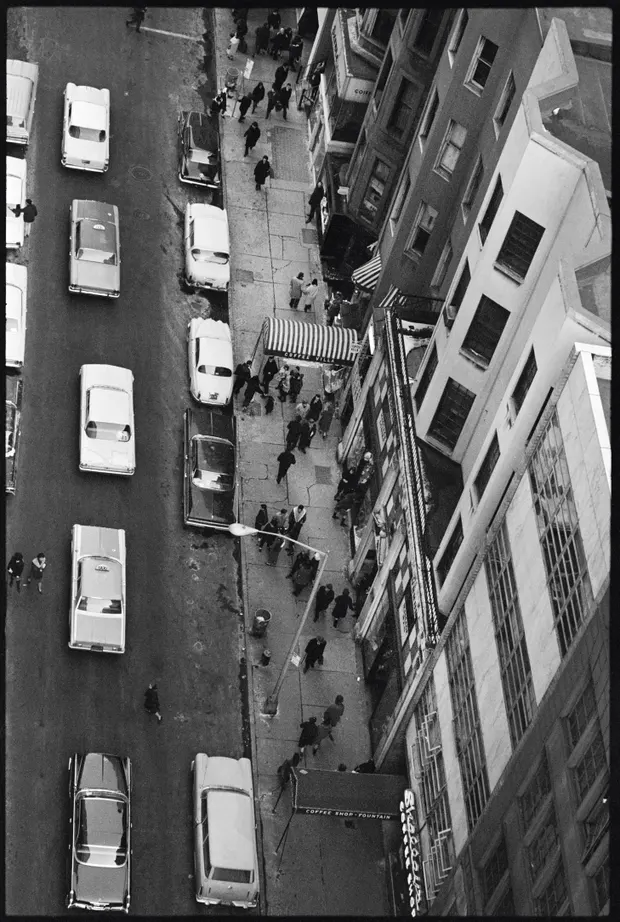

Notice any inaccuracies on this page? Have additional insights or ideas for new content? Or just want to share your thoughts? We value your feedback! Please use the form below to get in touch with us.